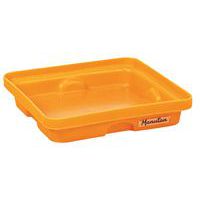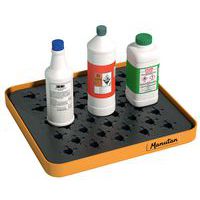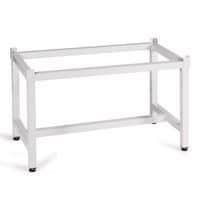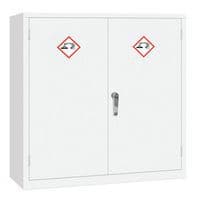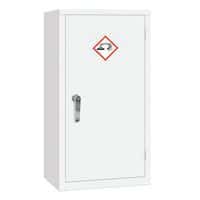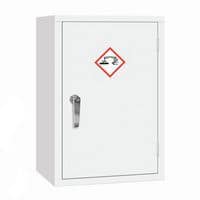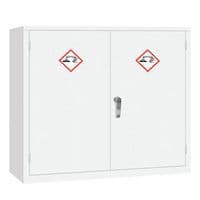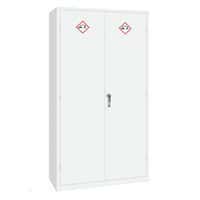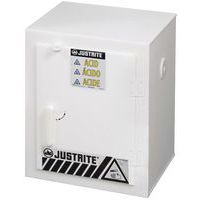Your session is about to timeout due to inactivity. Click OK to extend your time for an additional 480 minutes.
Acid/Alkali Cabinets
Corrosive Chemical Storage
Our range of corrosive chemical storage products from Elite Guard and Elite Lockers are an ideal solution for the safe storage and segregation of acids and other corrosive materials.
Our corrosion-resistant acid storage cabinets are available in a variety of sizes and are made from robust steel to ensure your hazardous materials are kept secure. If your workplace handles hazardous chemicals, it’s important to have acid corrosive storage cabinets to safely store them in to prevent accidents and comply with health and safety regulations.
Whether you’re looking for alkali and acid storage cabinets for a laboratory, workplace, school or other environment which handles chemicals, we have the corrosive chemical storage solution to suit your needs and budget. Benefit from our affordable, safe, easy-to-clean and durable acid storage cabinets which are coated in zinc to resist corrosion by ordering online today.
Not sure which hazardous storage cabinets are right for you? Here at Manutan, we stock a wide range of cupboards and cabinets for the safe storage of hazardous materials, including COSHH cabinets. Contact us today to speak to a member of our friendly sales team who will help you find the best product for your individual storage needs
Acid storage cabinets - FAQs
What is an acid cabinet?
Alkali and acid storage cabinets are designed to safely store corrosive substances when not in use to reduce potential hazards. Having acid and corrosive storage cabinets in the workplace ensures that these substances are separated from other COSHH-controlled materials which improves safety for those in the area.
Typically, an acid cabinet will feature the following:
- A secure locking system to ensure that only authorised personnel can access its contents.
- A leak-proof sump tray to collect any spillages.
- ‘Corrosion’ signage and labelling to identify the contents of the acid storage cabinet and hazards associated with them.
What legislation regulates chemical handling and storage?
The Control of Substances Hazardous to Health Regulations 2002 (COSHH) regulates the safe handling of chemicals and storage. As an employer, you must ensure that your workplace adheres to COSHH regulations and requirements to keep everyone safe and decrease the risk of exposure to harmful chemicals
How to clean an acid cabinet
You can wash your acid storage cabinets using a TSP cleaning solution. If you’re looking to clean up a chemical spillage, you should firstly identify the chemical hazards associated with the spilled substances and neutralise them before cleaning. To prevent any harm to those maintaining corrosive chemical storage, the chemical’s Safety Data Sheet (SDS) should be consulted first.
Do corrosive cabinets need to be ventilated?
Acid and corrosive storage cabinets don’t need to be feature vents themselves as this could actually impact the cabinet’s ability to protect its contents in the event of a fire. That said, corrosive chemical storage should be placed in a well-ventilated area to reduce exposure to the chemicals. Chemical storage cabinets should also be located in a place which is away from direct sunlight and other heat sources, clear from obstructions and only accessible to authorised personnel.
What are corrosive cabinets made of?
Acid and corrosive storage cabinets are typically made from a robust galvanised steel which is typically coated in zinc, powder or epoxy.
Are corrosive cabinets required?
Any environment handling hazardous chemicals such as alkali and acid should have a corrosive storage cabinet on site to keep corrosive chemicals securely locked away when not in use. This is to prevent accidents from occuring. Acid storage cabinets must also be specified to meet special requirements to ensure the safety of those working in the area.
Can corrosive substances be stored with flammables?
No, according to the Health and Safety Executive (HSE), flammable liquids should be stored separately from other hazardous materials such as corrosive substances to prevent fire risks and the integrity of the cabinet from being compromised.






